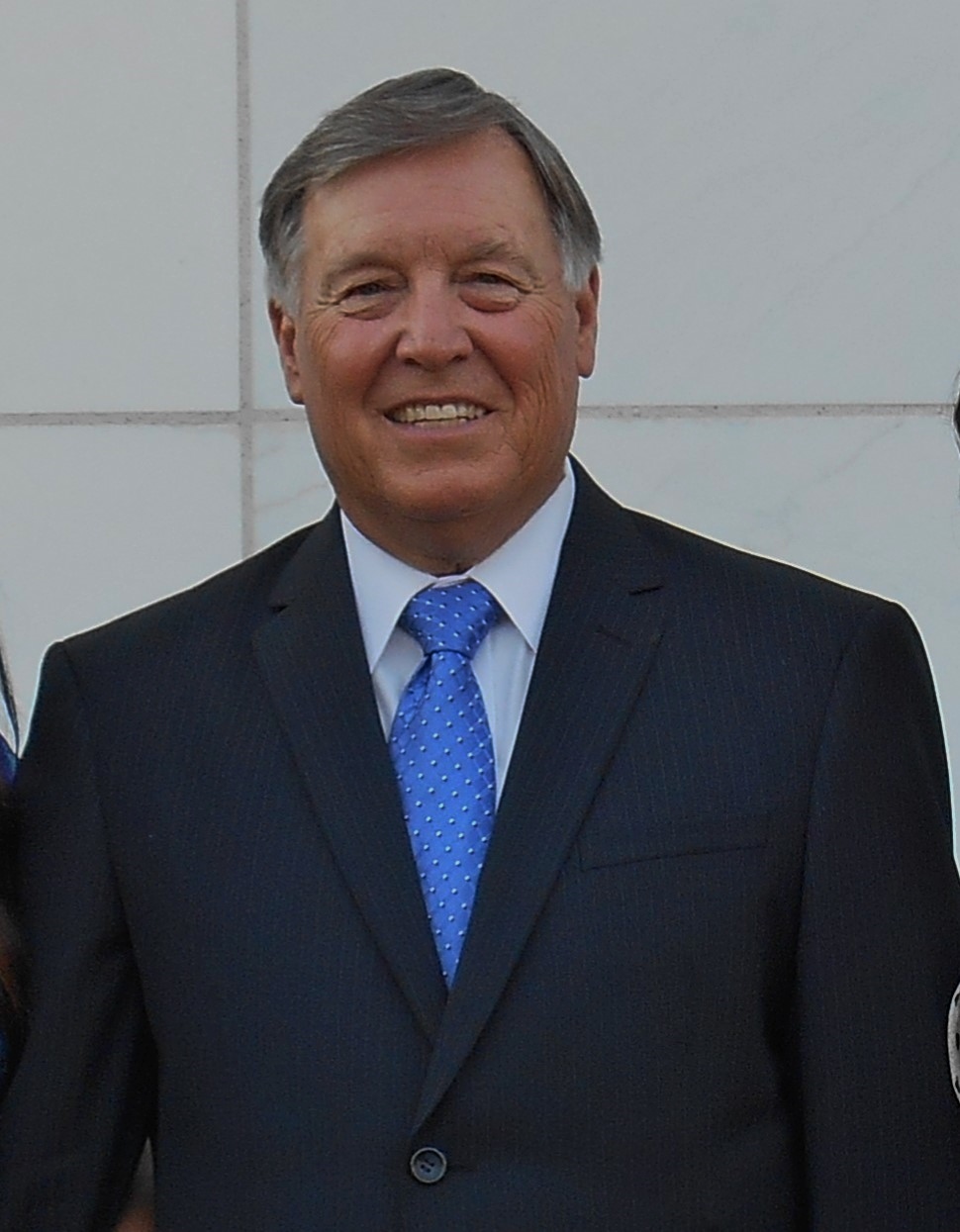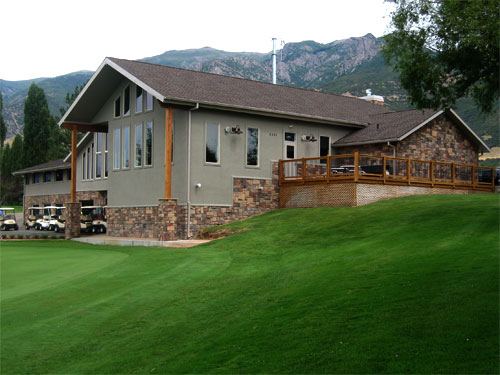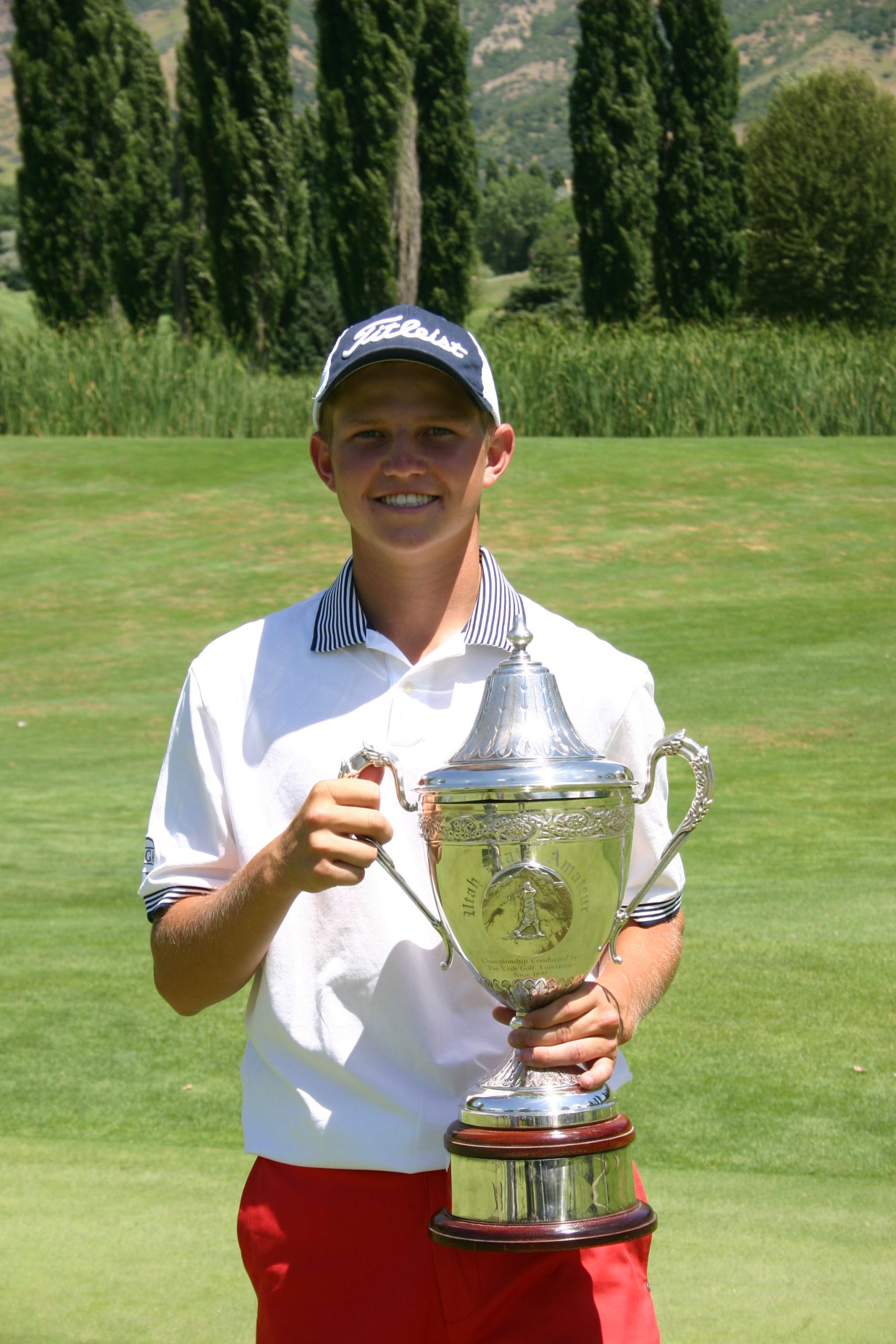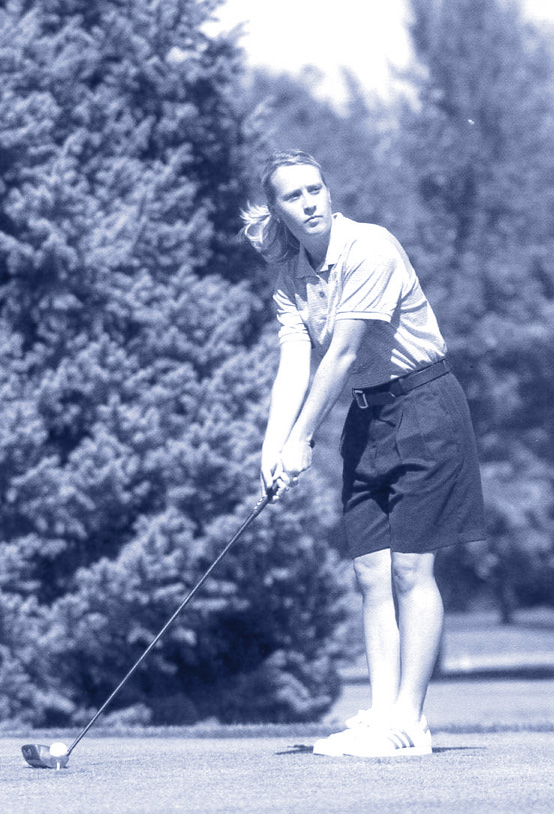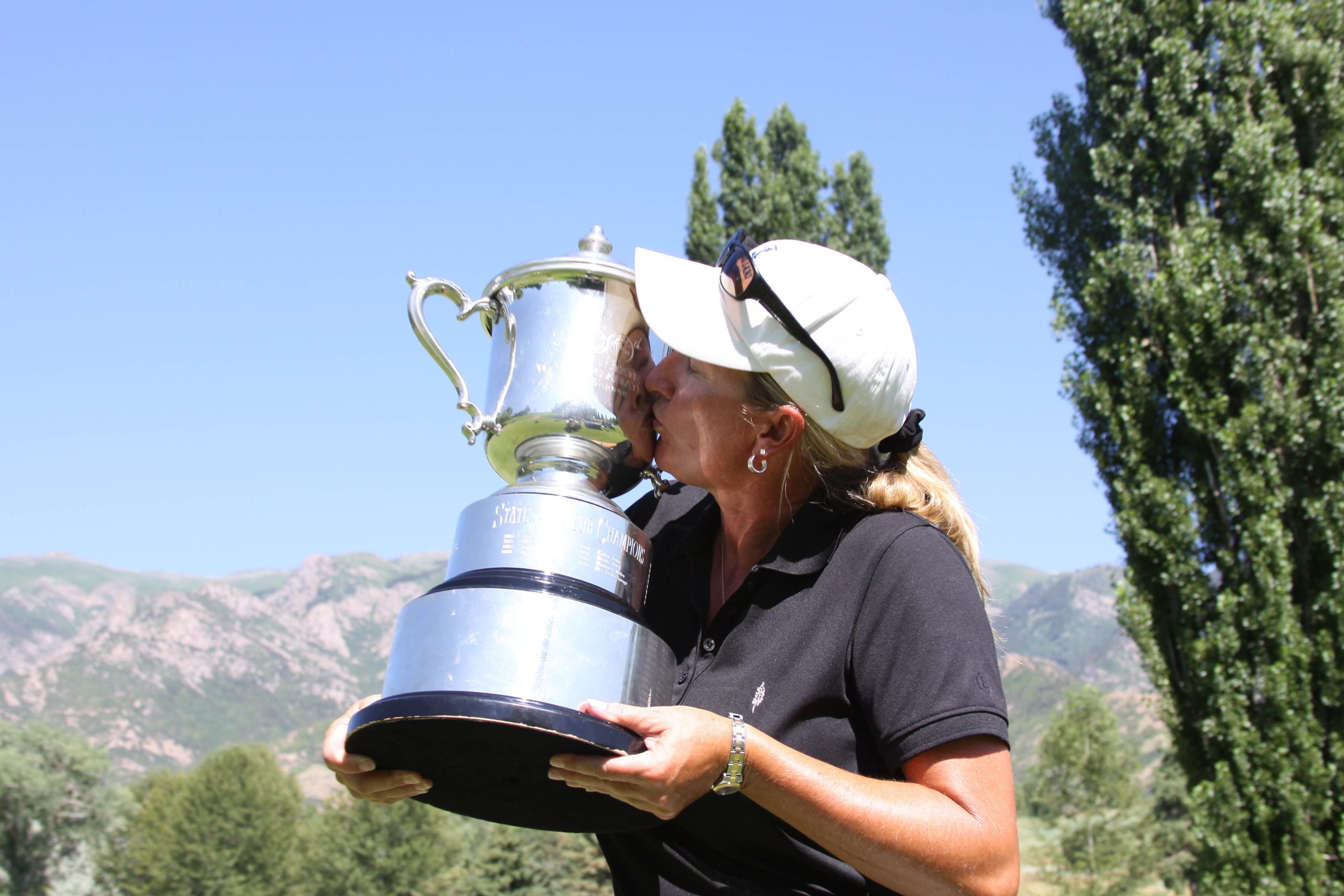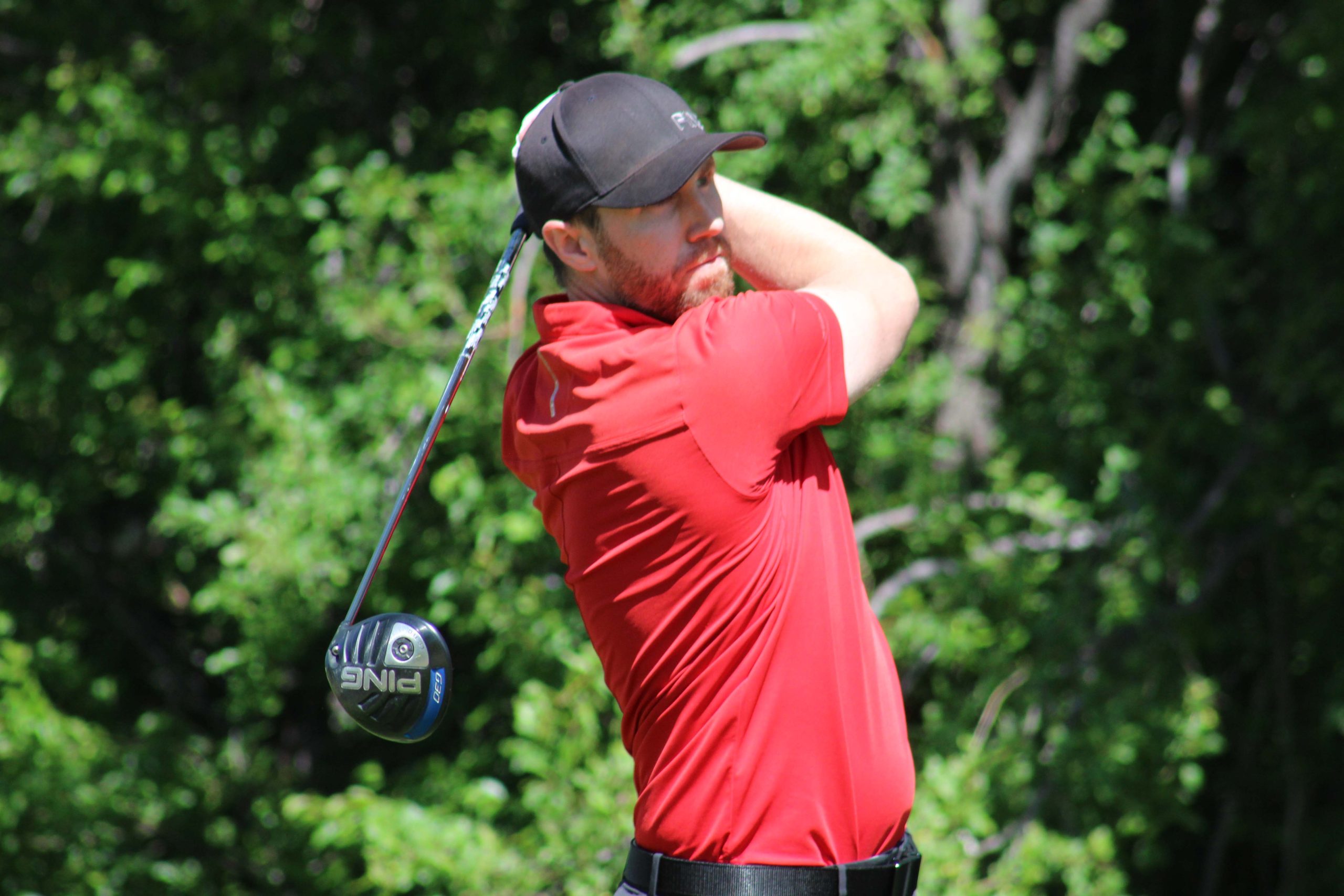History
The Beginning
No way would what turned into a nationally recognized golf facility be called the winter-related “Snow Creek” if he had anything to say about it, even if the proposed name merely stemmed from the water running through the property.
Pettingill retired in 2008 after stamping every aspect of Valley View GC’s construction and operation for its first 35 years, including the venue’s name and the clubhouse’s location overlooking the Great Salt Lake that made “Valley View” seem so natural.
Originally a partnership of Layton City and Davis County, Valley View opened in 1974 with $1.50 green fees for nine holes. The course was the county’s follow-up project, capitalizing on the success of Davis Park GC, which opened 10 years earlier along U.S. 89. A U.S. government grant funded half of the course’s construction, while ensuring that the property would always be used for golf.
Clubhouse
Even in that setting, Valley View took awhile to catch on. It eventually became a haven for many of northern Utah’s top amateur golfers and a destination for tourists who marveled about the challenge, setting, conditioning and affordability of a public venue. They would ask, “How do you do this for the green fee you’re charging?”
“I can’t tell you how many times that would happen in a year,” Pettingill said. “Just dozens and dozens of times.”
That’s what multiple Golf Digest awards will do for you, along with the drive of a PGA Professional who earned his job by supervising the construction and following through as the manager of the golf course superintendents for more than three decades. “I demanded the maximum,” Pettingill said of operating Valley View, with high standards that he applied to himself.
Greg Sandberg has followed in the tradition of Valley View superintendents that started with Charles Cook and continued with Pettingill’s hand-picked Scott Starkey, Mel Duke and Steve Bennett.
Pettingill is a big part of the origin story. Having worked at Davis Park from the start, the graduate of Davis High School and Weber State was a logical choice to help launch Valley View. Pettingill’s role expanded when golf course architect Joe Williams, who designed Fox Hollow GC in American Fork at about the same time, died in the early phase of Valley View’s construction.
Williams’ basic routing remained intact, but “we changed every hole,” Pettingill said.
Grant Carlson of the Bountiful-based Foss Lewis & Sons Construction did the course shaping, working closely with Pettingill. William Hull, who formerly worked for Robert Trent Trent Sr., was hired to specifically design the bunkers and greens, although newspaper accounts credited him as the course architect.
“You can see a lot of Robert Trent Jones in Valley View’s greens and bunker complexes,” Pettingill said. “The green complexes (Hull) did were phenomenal.”
Pettingill remembers thinking that with Hull’s touches, “Wow, this is going to be a great golf course.”
Golf Digest’s endorsements of two Top 75 Public Course designations in the 1980s gave Valley View a national name and “really validated us in the golf community in Utah,” Pettingill said. The course’s success justified Davis County’s investment (Layton City dissolved the original partnership, accepting a property trade), while building a following of outstanding golfers.
The plaque in the clubhouse listing men’s club champions is a remarkable piece of Utah golf history, featuring names such as Todd Barker, Kirk Bowler, Brandon Kida, Kurt Owen, David Jennings, Reed Nielsen and Rand Sargent.
“Valley View became ‘the test’ for really good players,” Pettingill said.
The course became more broadly accepted and now has more than 400 men’s association members, although it initially was a bit jarring to the average golfer, especially those accustomed to the walkable, relatively wide-open nature of Davis Park. Golf carts were not standard equipment in the ‘70s; Pettingill’s initial fleet of 12 carts was a major advancement.
That’s just one of the contrasts between Valley View’s founding a half-century ago and the modern look. Other than the iconic tree on No. 17, the property was basically barren. Pettingill and his superintendents planted the fast-growing poplars that would come to define Valley View’s fairways, while annually targeting upgrades to the layout.
Pettingill’s approach: “Build it, change it, tweak it, improve it.” That explains how a great golf course kept getting better.
Zac Blair wins the State Amateur
PGA Tour player Zac Blair was an 18-year-old golfer preparing to enroll at BYU when he won the State Amateur in the summer of 2009 at Valley View Golf Course.
Describing a victory that was “obviously, really special,” Blair added recently, “I just remember playing well all week, making a bunch of birdies.”
That’s accurate. Blair, a graduate of Fremont High School, made nine birdies in 17 holes to defeat future BYU teammate Robbie Fillmore in the quarterfinals. Blair then rallied to beat Todd Francis in the semifinals. After losing the first three holes and being 4 down at the turn, he eventually won No. 18 to claim a 1-up decision. In the final match, Blair took control early in a 5-and-3 victory over Weber State
golfer Alex Sutton in the 36-hole contest.
Zac’s State Am win gave the Blair family a place in tournament history, with his father, Jimmy, having won the 1973 title. The Blairs joined Jack Ridd and his son Craig with that distinction.
The 2009 tournament also was memorable for the appearance of Kyle Korver, then a Utah Jazz star, who played via a host-course exemption but didn’t come close to qualifying for match play.
Among other Utah Golf Association men’s tournaments at Valley View, Bill Probst defeated Brett Sampson in 20 holes in the final match of the 2012 Senior State Amateur, Craig Wilson edged Brett Sampson in 19 holes in the 2015 Senior State Am, Ryan Brimley shot 70-68-70 and defeated Jordan Rodgers in a playoff in the 2015 Mid-Amateur and home-course player Reed Nielsen posted 66-74-72 to take a six-stroke win in the 2019 Mid-Am.
Women’s State Amateur history
It didn’t take long for Valley View Golf Course to become a championship site in Utah golf. In 1977, the third full season of the facility’s 18-hole operation, the Women’s State Amateur was staged in Layton.
BYU golfer Tiru Fernando started a successful run for the Cougars at Valley View. The native of Sri Lanka shot 74-75-78 to take a six-stroke win over Kim Heppler. Utah Golf Hall of Fame member Bev Nelson contended that week, but a closing 83 forced her to wait for her eighth title.
The book “100 Years of History: The Utah State Women’s Amateur” described Valley View as having “rolling hills and Texas-sized greens.”
Former BYU star Nancy Callan shot 76-74-75 to claim the 1988 title by 10 strokes over Laurie Wolfe.
Jamie Stevenson dominated the 1997 tournament, posting 68-75-77 to top Summer Fenstermaker and Lachell Poffenberger by 10 strokes.
In 2004, Nicole Newren Chandler closed with a 71 for a 216 total, finishing two strokes ahead of Lynsey Myers. Margaret Gibby, Chandler’s former BYU teammate, finished third at 219 and Natalie Newren, Nicole’s sister, placed fourth at 221.
The BYU domination ended in 2011, although a former Cougar (Poffenberger) extended the final match to 19 holes, thanks largely to a birdie on the par-5 No. 17. Poffenberger again came close to winning a fourth title in the Women’s State Am, but Julie McMullin outlasted her with a par of the first extra hole in the second year of the tournament’s return to match play.
A Course Record
Rand Sargent is one husband who never will forget the day he met his wife.
A lot happened on Aug. 31, 2007. In advance of his first date with the future Madison Sargent, the Weber State golfer broke the Valley View Golf Course record with a 10-under-par 62. It came during a qualifying round to determine the Wildcats’ lineup for the first tournament of the season at the Air Force Academy’s acclaimed Eisenhower GC.
The day’s summary: Ten birdies, eight pars, one late arrival for the date, which apparently was forgivable.
Now a commercial real estate expert, the Davis High School graduate happily recalls “a day when I was
so in the zone, I didn’t have any swing thought in my head, And unfortunately, I can’t remember much
because of it.”
Yet he can deliver pretty much a hole-by-hole account. Sargent shot a front-nine 31, highlighted by a 75-
foot birdie putt on the par-3 No. 7. He followed with a 60-footer on the par-4 No. 10, and also birdied the par-3 No. 12 to go under 7 under. By this time, then-assistant pro Matt Lyons drove out to the west end of the course to verify the report of Sargent’s exploits.
Sargent added birdies on Nos. 14 and 16. As he remembers, “I’m getting pretty nervous at this point.”
Lyons reappeared on the par-5 No. 17, suggesting that one more birdie might give him the course record. “No pressure,” Sargent joked, retelling the story. He nearly reached the green in two shots, then chipped to within tap-in range to go 10 under.
After what he labeled a rare, routine par on the difficult par-4 No. 18, Sargent had his course record and, obviously, secured his spot for the Wildcats’ trip to Colorado.

